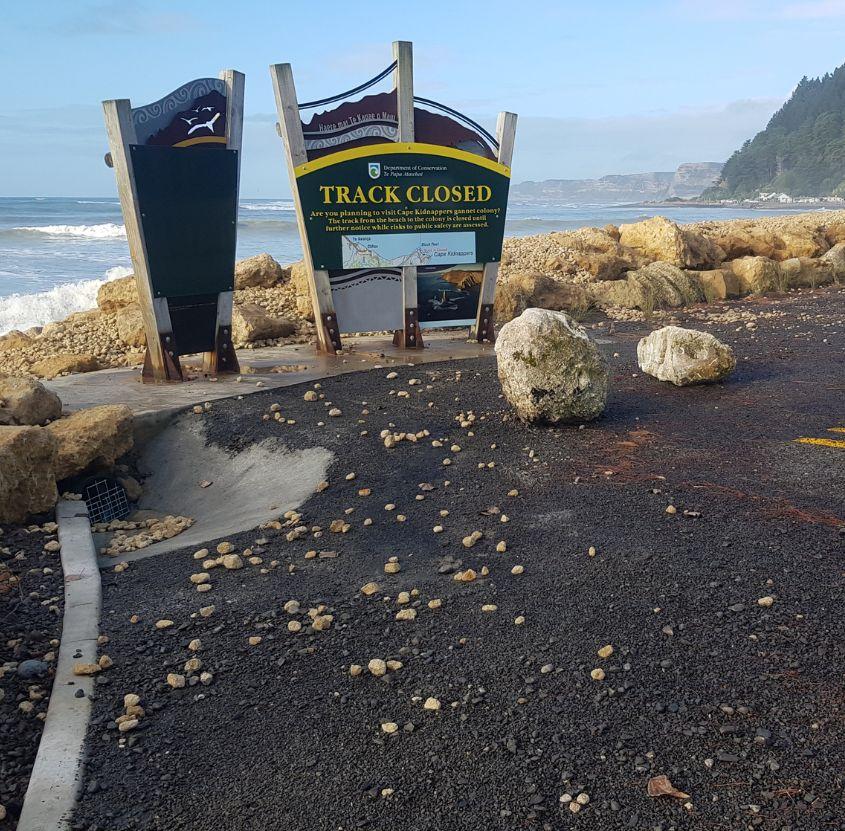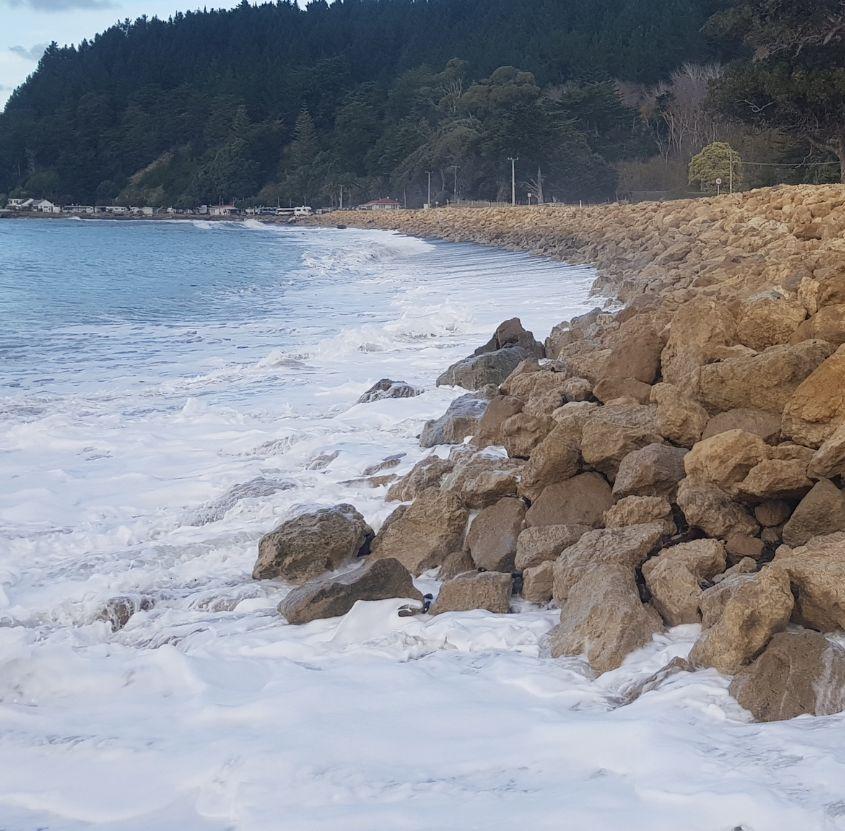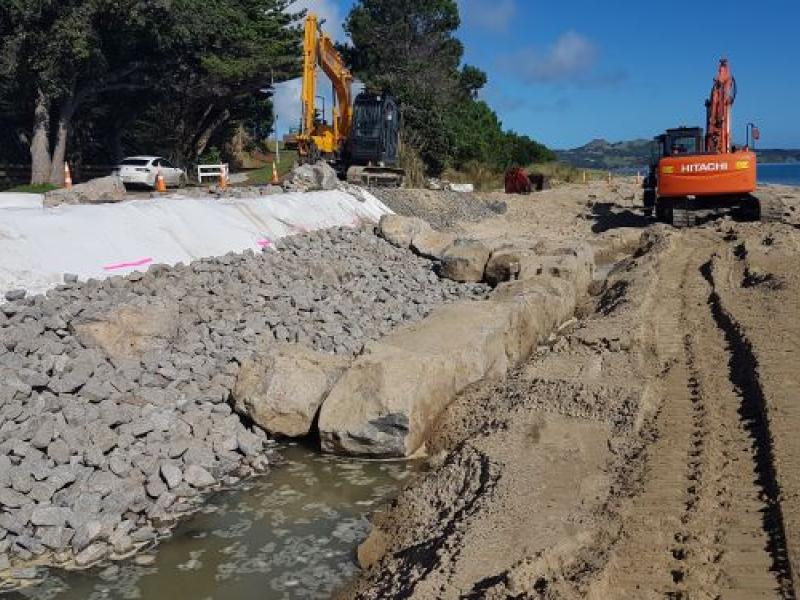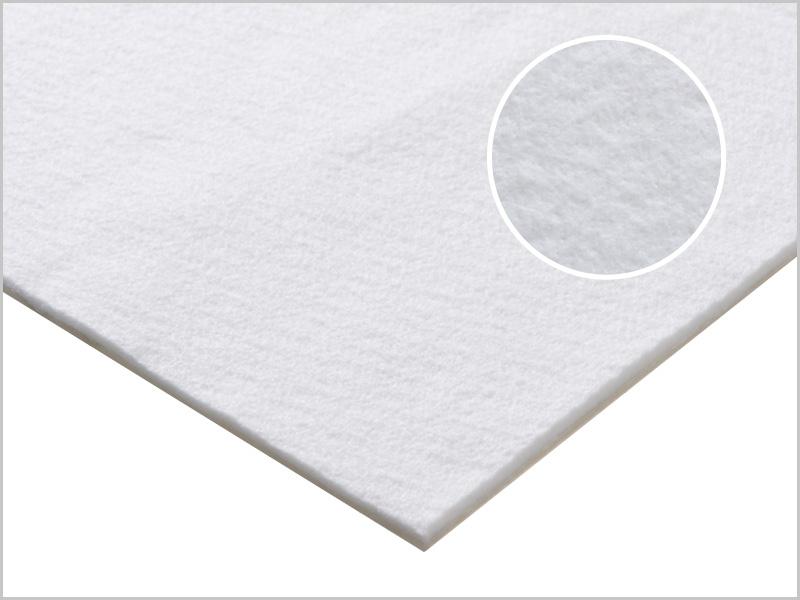
PROTECTING A POPULAR CAMPING GROUND AGAINST COASTAL EROSION
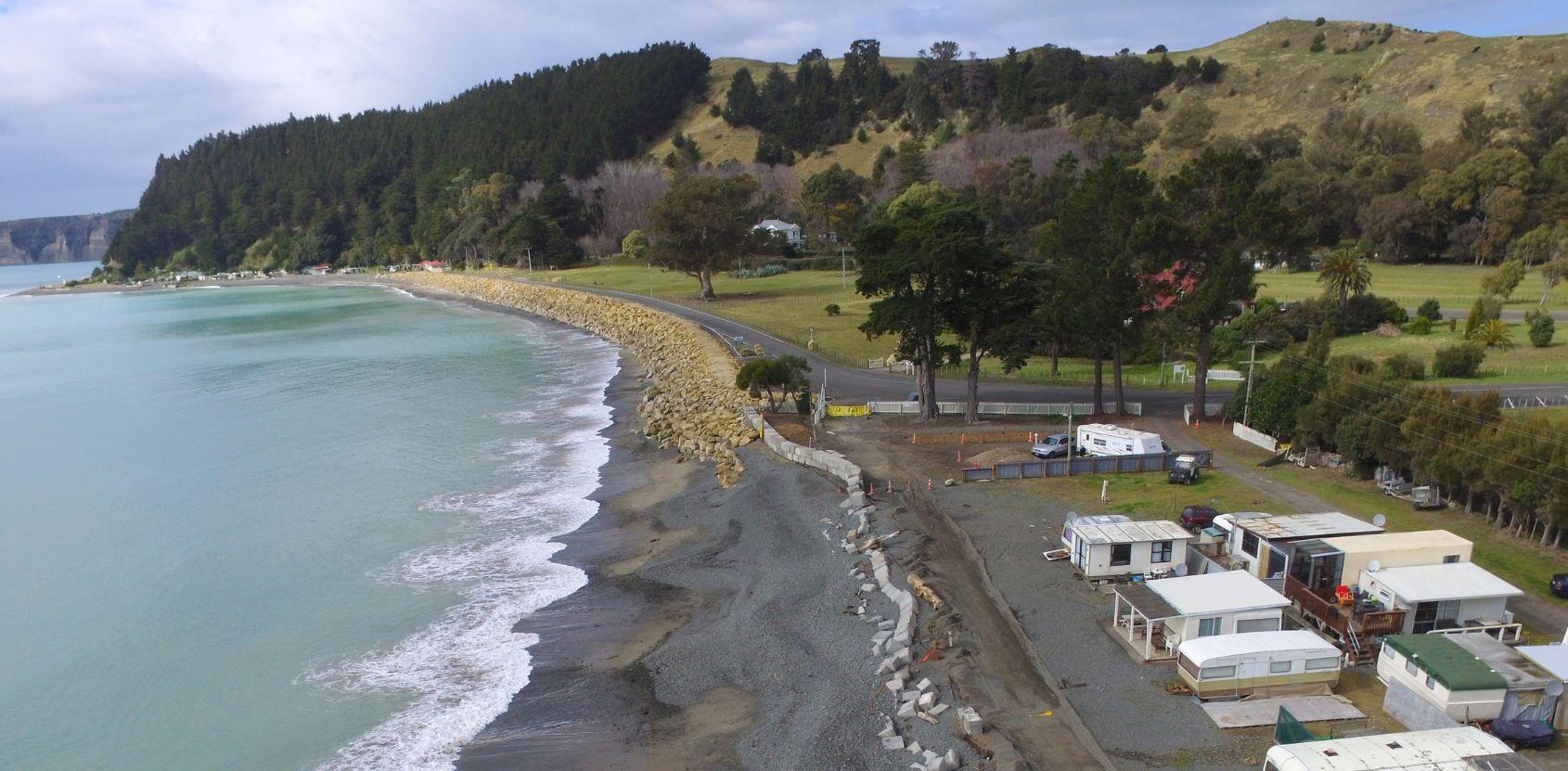
PROJECT DESCRIPTION
Our coastlines are iconic but fragile. Coastal inundation and coastal erosion are the major threats to Hawke’s Bay, New Zealand. Clifton Motor Camp, a coastal beach reserve in Hawke’s Bay, remains susceptible to beach and property erosion. Erosion of an access road leading to Clifton’s local campground has become a growing problem over recent years with extreme weather events such as storms.
The access road has been repaired several times and a decision was made by Hastings District Council to reinstate access by building a coastal barrier that would safeguard public access to the Clifton boat ramp, the camping ground and the gateway to Cape Kidnappers, one of the region’s prime tourist destinations.
OUR SOLUTION
The installation of Texcel R Non-Woven Geotextiles was dependent on the direction of the tidal currents along the shoreline. Adjacent panels were installed with the overlaps facing ‘downstream’. Our contractor, Berkett Earthmovers had prior experience with installing Texcel R Non-woven Geotextiles.
The window of installation between the tides is short, so a limited amount of fabric could be installed. Keyed into the seaward end, a blinding layer of smaller high-density rock covered the geotextile. Larger high-density rock was then positioned on top and interlocked between adjacent rocks to minimise any movement. The top end was also keyed into the bank with overlying rock. Finally, any voids in the top layer were fully filled with a best fit for a durable slope to arrest the wave currents. The angular durable limestone was sourced from a local quarry.
The erosion of Cape Kidnappers and the Ruahine Range in Hawke’s Bay served as the primary source of gravel and sand to the Tukituki River, which flowed to the coast and delivered those types of sediments to the ocean’s shore. Gravel base sites can often decay the foundation of the structures. Preventing beach erosion near community infrastructure helps ensure our foundation from ROBERT FRIS suffering potentially destructive climate impact. A better understanding of coastal erosion vulnerabilities is key to plan, prepare and reduce exposure to natural risks as the actual episodes of erosion occur during major storms.
Geofabrics offers flexible and robust solutions designed to reduce the effects of coastal erosion so that local communities are prepared for storms now and into the future. Our client for this project, needed to apply the right solution at the site. The height of the rebuilt road was raised. Post completion of the seawall, the Hastings District Council managed to reclaim access to the ‘old road’ implying no further reclamation of private land.
PRODUCT USED
Texcel R® Non-Woven Staple Fibre Geotextile
- Locally manufactured isotropic, non-woven staple fibre geotextile developed to stabilise coastal structures
- Made using a unique blend of polyester and/or polypropylene fibres which provides inbuilt flexibility to allow engineers to specify mechanical and hydraulic criteria that suit tough environmental conditions
- High elongation properties minimises installation damage and ensures effective soil contact, interaction and stability
- An effective filtration, separation, drainage, and cushioning layer made to help protect coastal shorelines
